Immigration Reform in the U.S.
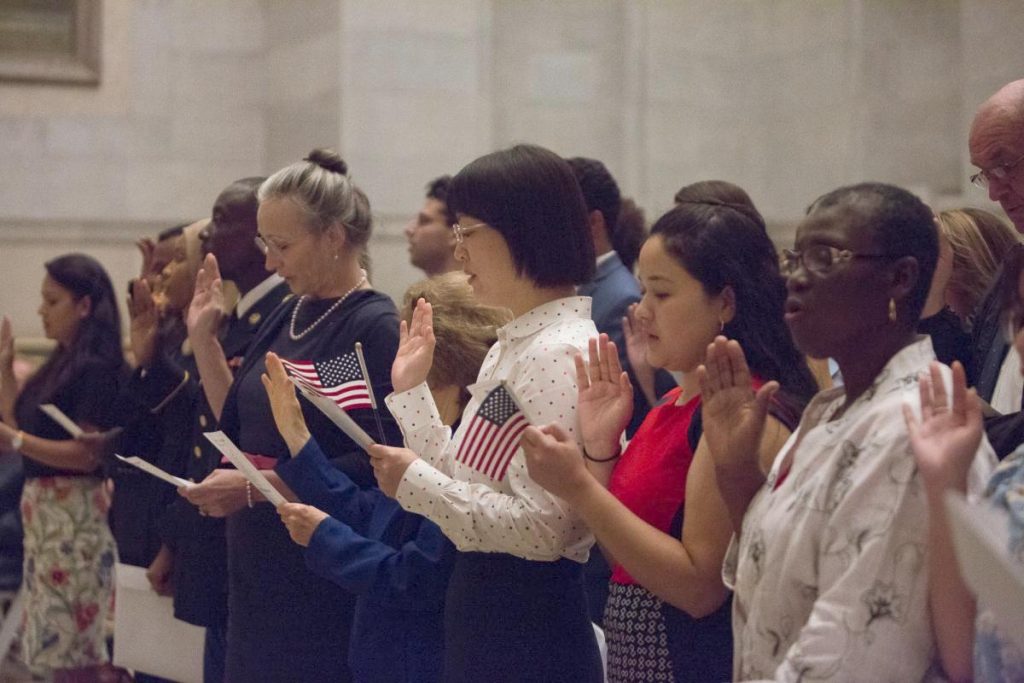
Our General Approach to Policy Solutions
The Developmental Politics position on immigration reform, like all the issues in our evolving platform, is focused on finding “win-win-win” solutions that integrate the values of all three major American worldviews: progressive, modern, and traditional. This win-win-win political framework is derived from the business practice of stakeholder integration, which has proven to be highly effective at building agreement and increasing the “size of the pie.” Because the issue of immigration has become mired in the culture war, sympathetically overcoming political opposition to reform proposals is the first order of business. Which is why outlining an immigration “win” for all three worldviews is the primary focus of our current proposal.
Our strategy entails evolving and developing this approach to immigration reform with the goal of forging a rough consensus within the nascent post-progressive political movement. Once agreement is reached among post-progressives, we will then propose this policy consensus to the larger American electorate. So rather than stating a fixed position, this proposal serves as an invitation for deliberative dialogue within the emerging post-progressive agreement space. We thus invite readers to enter this dialogue in the comments section below, on social media, and wherever political ideas are debated. This proposal will accordingly be refined and improved as the consensus it seeks begins to take shape.
Problems to be solved
Current U.S. Immigration Policy:
Results in a Permanent Undocumented Underclass
By denying a viable path to legal residency, current policy keeps America’s eleven million undocumented residents in the legal shadows where they often become exploited, abused, or victimized.
Disadvantages Unskilled American Workers
Under America’s current immigration system, businesses and wealthy households benefit from cheap labor, but blue-color and rural workers suffer displacement and/or reduced wages.
Does Not Adequately Protect American Culture’s Foundational Liberal Values
The extended family admissions policy (through which 67% of immigrants are currently admitted) results in a disproportionate number of immigrants from cultures and countries that do not recognize or practice liberal values, which undermines the cultural modernity of America.1 In other words, immigrants from developing countries in which premodern religious cultures are dominant can have difficulty acculturating and adequately assimilating into the culture of modernity wherein women are equal to men, freedom of speech is protected, and political and religious pluralism are the established norms.
Is Unjust for Economically and Culturally Desirable Immigrants
Prospective immigrants with significant economic, educational, and/or social capital, as well as immigrants with unique talent, frequently experience years-long delays, or are otherwise barred from admission.
Is Unjust for Bona Fide Asylum Seekers
Bona fide asylum seekers cannot be easily distinguished from economic migrants, they cannot successfully navigate America’s overburdened legal system, and are thus unjustly denied asylum.
Is Difficult to Reform Due to the Intense Passion of Partisan Extremists on Both Sides
The issue of immigration is fraught by intense partisan divisions, with ideologically committed activists dominating the discourse on both sides. Each side tells its own Manichean story and cultivates its own set of selective statistics. Even though most Americans want innocent people to be protected and borders to be secure, any attempts at compromise infuriates the base of both sides, who see the other side’s proposals as essentially immoral.
Wins Sought for Each Major Worldview
A win-win-win policy for improving America’s immigration system would ideally achieve the following wins for each worldview:
Progressivism’s wins
- The eleven million undocumented immigrants currently residing in the U.S. would be “brought out of the shadows,” provided legal guest resident status, and given a long-term path to citizenship.
- Humane reforms of immigrant detention laws, as well as an increase in immigration judges and courts, would help ensure that all potential immigrants are treated with dignity and receive swift due process.
- The Central American refugee crisis would be addressed at its source.
- Undocumented people who came to the U.S. as children—“Dreamers”—would qualify for permanent resident status.
Modernity’s wins
- Shifting current quotas for immigrant admission to reduce extended family-based admissions in favor of employment-based and merit-based criteria would increase the economic benefits of immigration overall.
- Reducing the number of illegal immigrants, while increasing the number of merit-admitted legal immigrants, would help prop-up the solvency of America’s Social Security system.
- Implementing e-verify employment identification and biometric visa controls would reduce the black market for illegal immigrant labor, and end the competitive advantage for employers willing to ignore the law.
- Legalizing guest workers would strengthen the rule of law, protect undocumented workers, and help ensure that all immigrants fulfill the obligations of legal residents.
Traditionalism’s wins
- Significantly increased border security would strengthen America’s national integrity.
- Adding “potential to acculturate and adequately assimilate” to the list of merit-based admission criteria would help protect America’s liberal values from dilution by immigrants from autocratic countries and/or premodern cultures.
- Making it more difficult to employ undocumented workers would increase wages and employment opportunities for unskilled and blue-collar American workers.
- Using increased employment visa fees to help train American workers would provide incentives to employers to hire Americans over foreigners.
An Example of a Potential Policy Solution: No-Labels’ Proposal
A potential policy approach to immigration that could deliver wins to all three worldviews is outlined by the No-Labels bipartisan political organization.2 The thinking behind this proposal is partially based on Thomas Friedman’s call for a “high wall, big gate” policy, first introduced in 2018.3 The following six elements of this proposal are adapted from the No-Labels book: The Ultimate Guide to the 2020 Election, by Ryan Clancy and Margaret White. A seventh post-progressive element is added at the bottom to address the need to affirm and protect modernity’s civil rights and liberal values.
“Shift Toward More Employment-Based Immigration”
Model U.S. admissions criteria on the formula used by Canada:
26.7% family based (currently 67% in U.S.)
21.5% employment based (currently 12% in U.S.)
41.8% Other (including humanitarian criteria) (currently 21% in U.S.)
“Like Canada, the U.S. could use a points system to determine which immigrants qualify for employment-related entry, with criteria including:
- Education, with the most points given for a PhD or equivalent
- English language ability
- Work experience
- Age, with the highest points going to those between the ages of 21 and 49.
- Arranged employment (those who already have job offers)
- Adaptability, which includes previous work experience in the United States or a family connection to make assimilation easier”4
“Get the Undocumented Out of the Shadows”
Implement guest worker and guest resident programs that would give America’s eleven million undocumented residents legal rights and obligations, and offer them a “long and rigorous road toward citizenship.”
Given that immigration levels have been flat for the last ten years, when combined with a more secure border, this feature of the proposal would be unlikely to result in a wave of new undocumented immigrants.
“Build a Wall Where It Works”
“It is essential to have a fortified border that allows the U.S. to reliably and consistently prevent unauthorized entry.” Where fencing is impracticable, use “more border security personnel, drones, and other surveillance measures to fill the gap.”5
This increased border security would be accompanied by humane reforms of immigrant detention laws, as well as an increase in immigration judges and courts, which would help ensure that all potential immigrants are treated with dignity and receive swift due process.
“Get Serious about Internal Immigration Enforcement”
Implement a universal e-verify system and use biometric technologies to reduce visa overstays. Simultaneously reduce the deportation of law-abiding long-term undocumented residents.
“Address the Source of the Asylum Problem”
Increase carefully targeted U.S. aid to Honduras, Guatemala, El Salvador, and Mexico. Support and strengthen the programs of the U.S. Agency for International Development (USAID) in those countries.
“Let the Kids Stay”
Undocumented people who came to the U.S. as children (“Dreamers”) would qualify for permanent resident status by either working, pursuing higher education, or serving in the military. Dreamers would also need to maintain clean criminal records to qualify.
Expand Funding for Immigration Courts and Personnel
The Developmental Politics’ proposed immigration policy would also supplement No-Labels’ proposal outlined above by increasing the capacity of America’s immigration courts through additional funding, additional personnel, and more immigration court rooms.
Affirm and Protect America’s Liberal Values
And crucially, from a post-progressive perspective, we would also supplement No-Labels proposal through the explicit application of “cultural intelligence” to the proposed legislation. This would require that the revised admissions criteria be specifically designed to protect and strengthen the liberal values of modernity by barring immigrants who explicitly repudiate these values or who are otherwise unwilling to affirm them.
Post-Progressive Persuasion Strategies
Argument to progressives: In order to create a fairer and more compassionate immigration system, concern for the welfare of immigrants must be balanced and integrated with concern for America’s unskilled workers, and other Americans who are negatively impacted by new immigrants. This means that progressives need to compromise with their political opponents and recognize how moral absolutism and “open borders militancy” work against the democratic balancing of interests necessary for comprehensive immigration reform.
Argument to modernists: National interests and global interests are mutually interdependent in this context. By giving progressives the “win” of “sanctuary for the undocumented,” and by giving conservatives the “win” of a more secure border and more effective prevention of the hiring of illegal workers, American business’s pressing need to hire immigrants at every economic level would be better fulfilled. Reforming the rampant illegality, bureaucratic sclerosis, and perverse incentives that currently plague America’s immigration system will strengthen the rule of law, make everyone safer, and stimulate economic growth.
Argument to traditionalists: Compromise legislation that provides for the legal documentation of currently illegal residents in exchange for significantly increased border security is the best way to protect American workers, preserve America’s liberal values, and encourage the adequate cultural assimilation of immigrants. The proposed legislation’s explicit affirmation and protection of America’s historically established culture will help preserve the American way of life.
Notes
1. See, e.g., Reihan Salam, Melting Pot or Civil War?: A Son of Immigrants Makes the Case Against Open Borders (Sentinel 2018); or “Islam and Liberalism” in Democracy: A Journal of Ideas (Summer 2016, No. 41), https://democracyjournal.org/magazine/41/islam-and-liberalism.
2. See Clancy and White, The Ultimate Guide to the 2020 Election (Diversion Books, 2020).
3. Thomas L. Friedman, “We Need a High Wall With a Big Gate,” New York Times, November 27, 2018. https://www.nytimes.com/2018/11/27/opinion/immigration-republicans-democrats-climate-change.html
4. Clancy and White, The Ultimate Guide to the 2020 Election, pages 132-133.
5. Ibid. page 135.


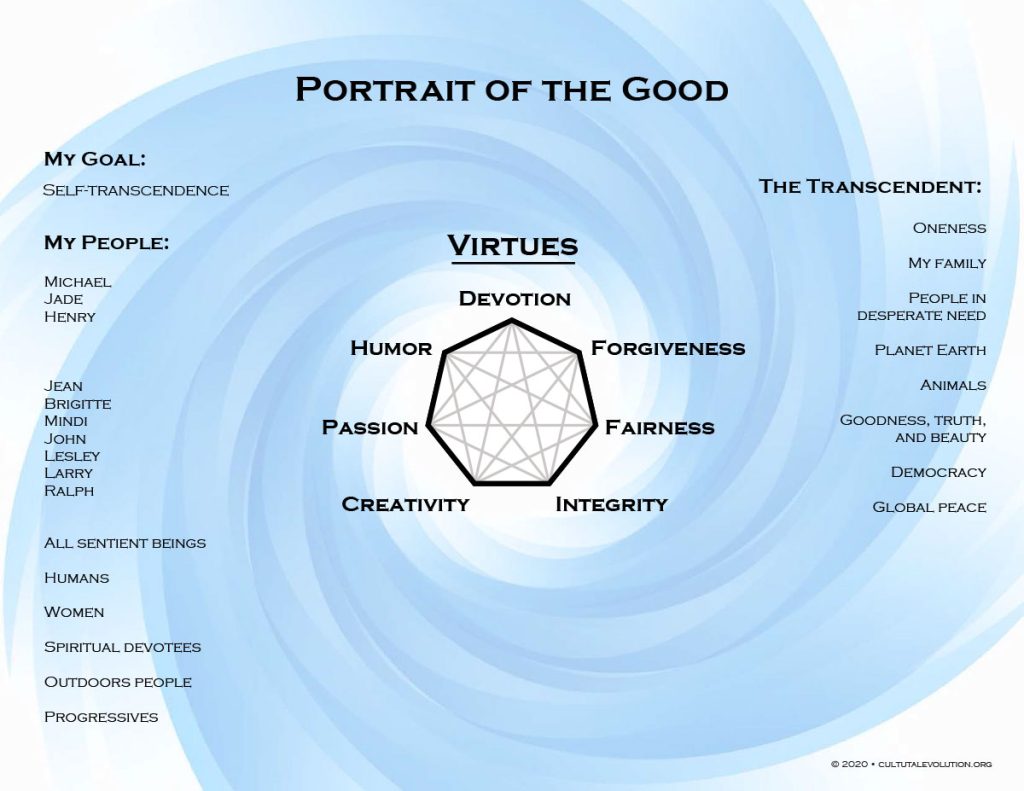
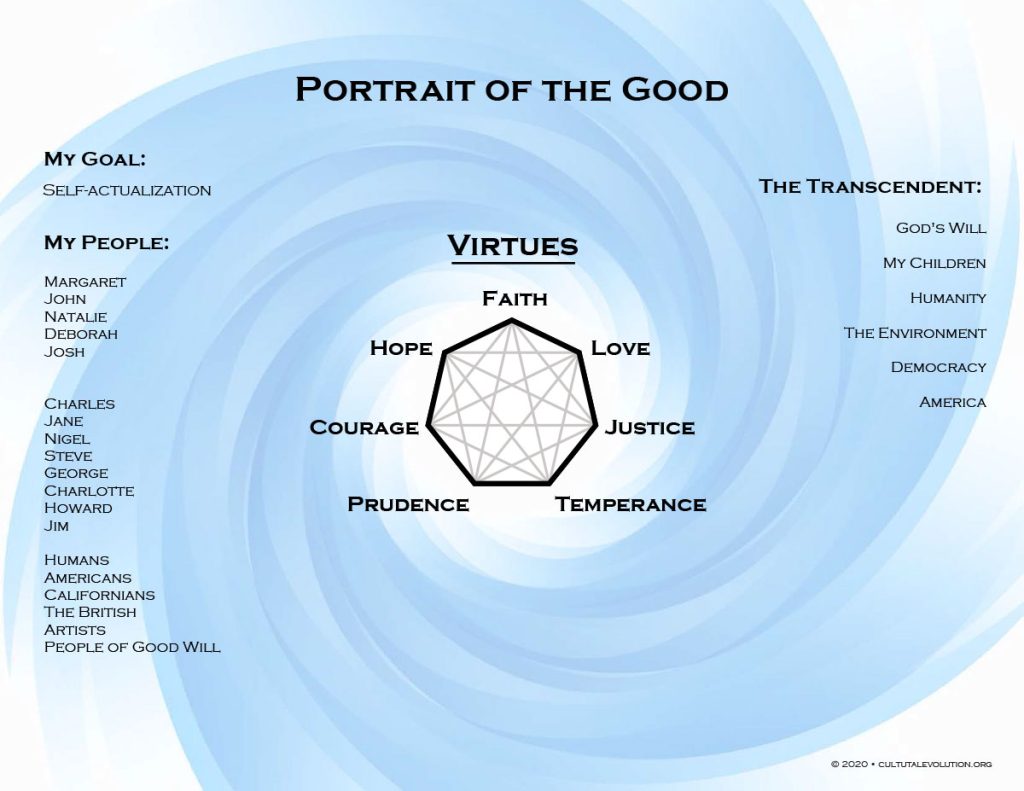
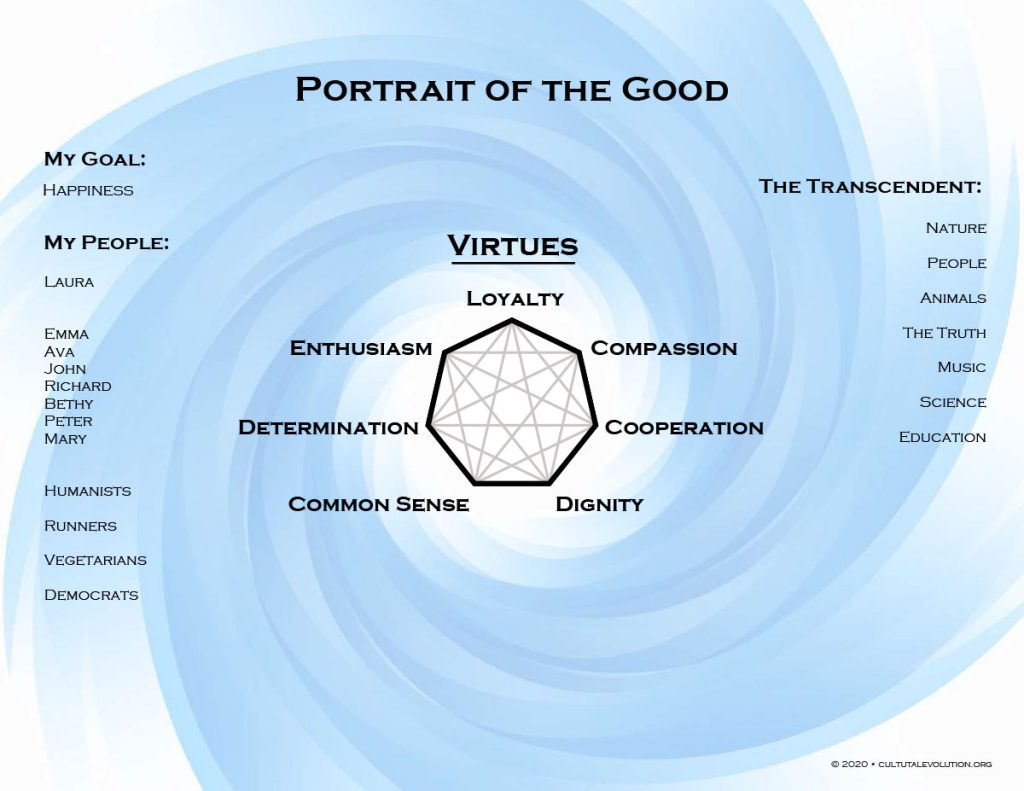
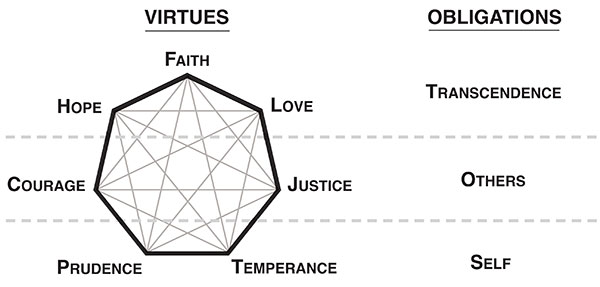
I like the “high wall, big gate” approach, and I agree with LaWanna’s comments regarding our needs to acknowledge a moral obligation and to maintain our labor force. Time is not on our side here. Internal debates about walls and treatment of undocumented residents are tearing us apart. Soon, the divide will grow from one that pits cosmopolitans against communitarians to one that pits the young against the elderly. In 2010, the Census Bureau’s old-age dependency ratio (population 65+ divided by 18-64) was 21%; it’s projected to reach 35% in 2030. In other words, where five Americans of working age were supporting each retired person, soon we will have just three.
A really good start for a work-in-progress; thank you so much. I have only a few comments.
While the wholeness and ultimate oneness of humanity may be so ingrained in us as an obvious truth or fact that we don’t find it necessary to state, immigration is a topic that I believe needs that prefacing affirmation, given the subsequent and necessary emphasis on borders and dividing humanity into more-or-less desirable parts as we seek pragmatic approaches to the issue. If nothing else, it’s soothing to the (or at least, my) heart.
An aspect of immigration that might need to be addressed in policy solutions is around climate migration. Perhaps that’s being considered in the 41.8% “Other” (including humanitarian) admission criteria?
Also, thinking long-term, while the U.S. is not currently in desperate need of immigrants, with the world population both declining and aging, I’ve read numerous reports of anticipated labor shortages that will not be met by automation. Other countries are faring worse than the U.S. in this regard (Japan, Italy), some have already used immigration as a way to boost population (the U.K.), China has gone to a 3-child policy. The Employment-based Immigration proposal in this policy solution paper addresses labor needs to a certain extent, but I wonder if it was presented in the context of potential labor shortages due to an aging or declining population if those suggestions would be any different.
Thanks again.